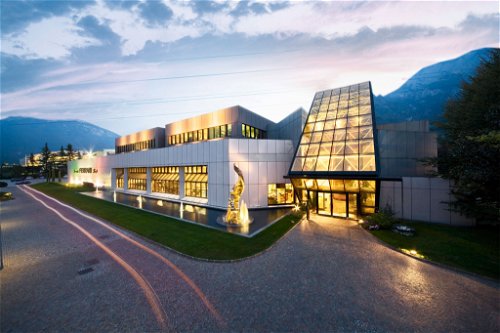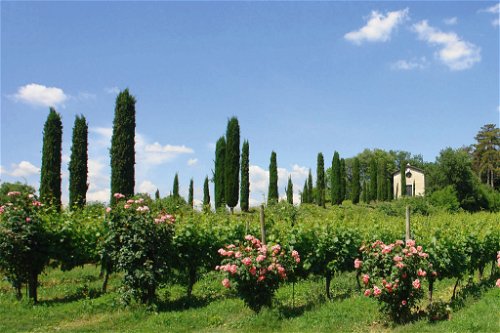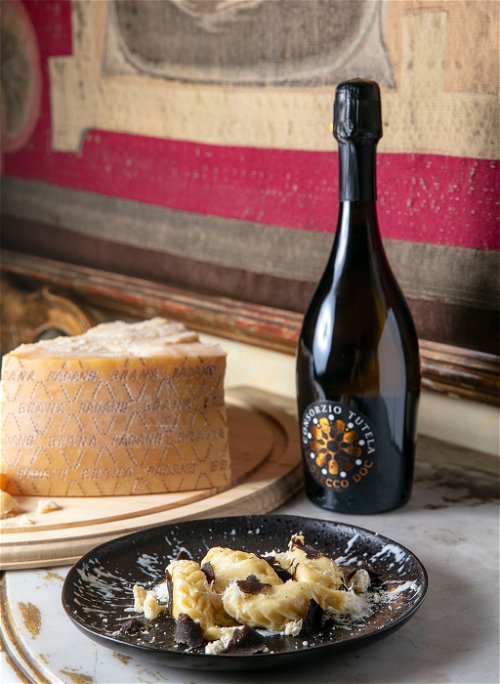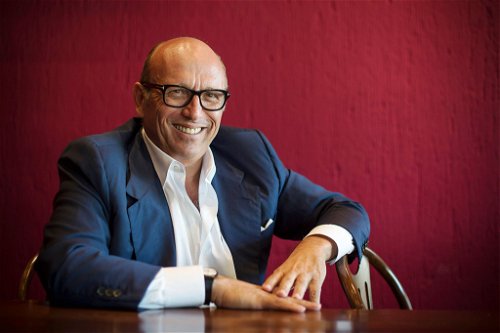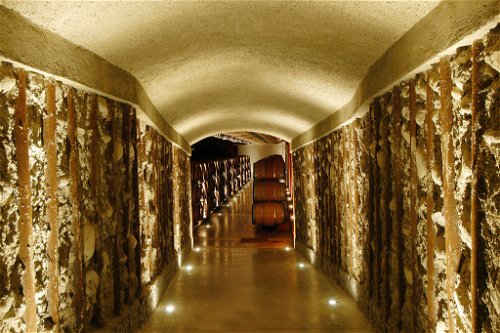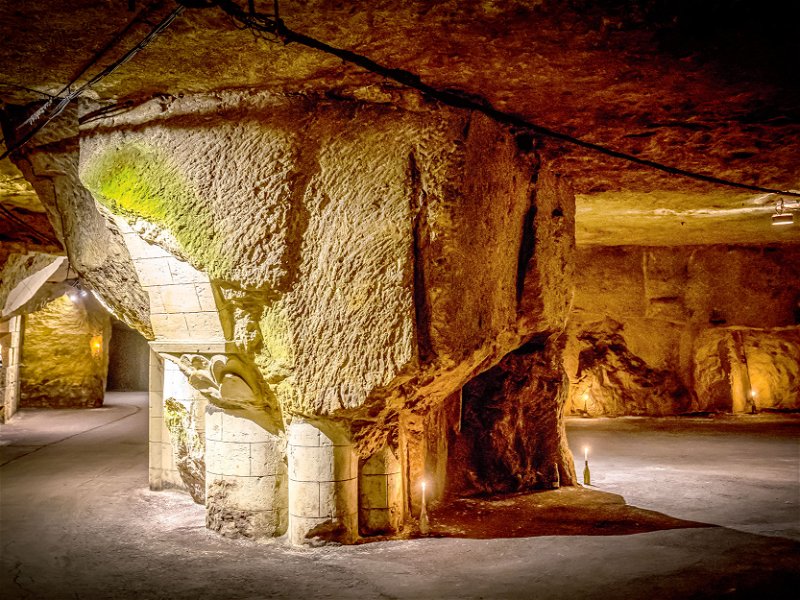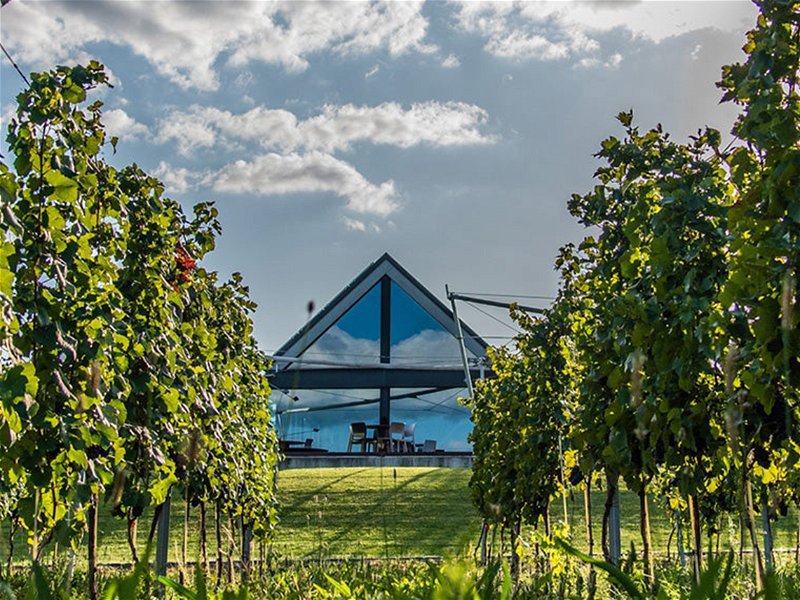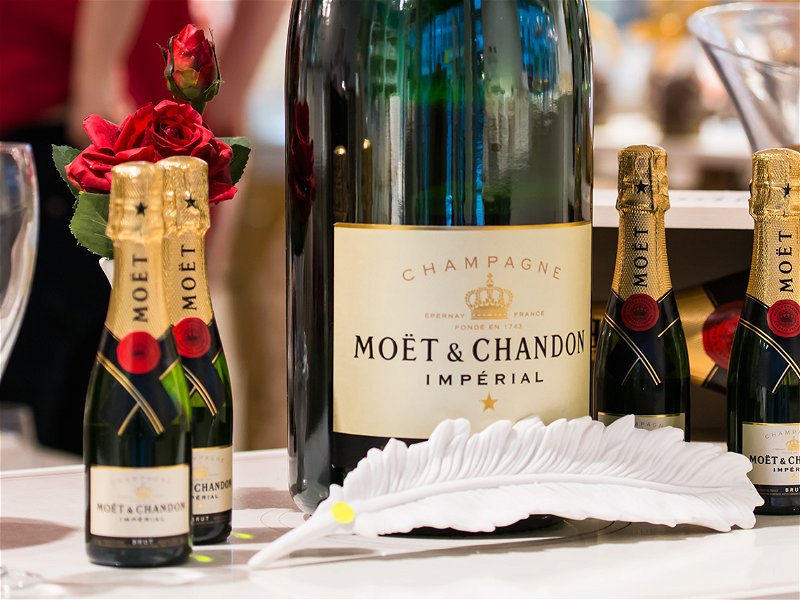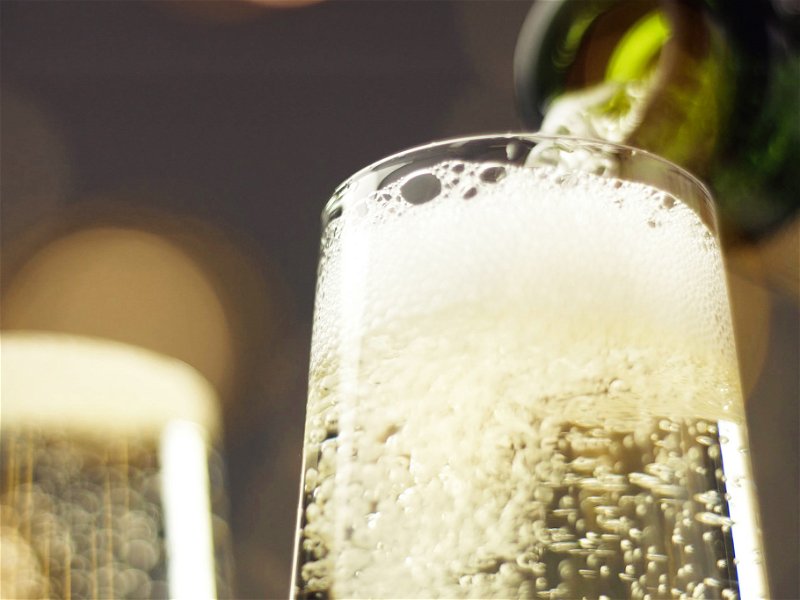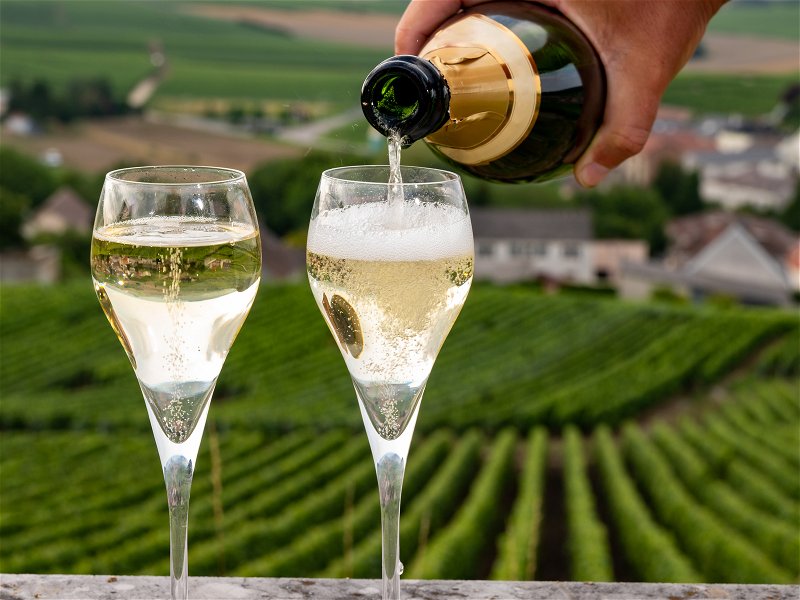Fine bubbles: the best sparkling wines in Italy
Fine wine pearls are the trend in Italy. Wine connoisseurs love the fine sparkle and stimulating freshness of the sparkling wines. "Bollicine" - bubbles - is the affectionate name for anything that foams. These can be sparkling wines in classic bottle fermentation - Metodo Classico - or those from tank fermentation. Prosecco has made Italy the largest producer of sparkling wine in the world.
Aperitivo is a widespread custom in Italian cities, and even more, a lifestyle. Aperitivo marks the moment when work ends and leisure time begins. This is when many Italians enjoy a glass of "Bollicine" for the first time in the day. This is usually Prosecco, but it can also be a Metodo Classico, a fine Franciacorta, a racy Trentodoc, an elegant Alta Langa. The trend towards the production of sparkling wines can be seen throughout the Apennine Peninsula. The focus is clearly on the northern regions of Piedmont, Lombardy, Veneto, Trentino and South Tyrol, where over 90 percent of all sparkling wines produced in Italy come from.
Impressive
Italy has a long tradition of producing fine sparkling wines from classic bottle fermentation. Houses such as Gancia, Contratto and Martini & Rossi near Asti in Piedmont were already known for their spumanti at the end of the 19th century. The impressive vaulted cellars, which are now part of the UNESCO World Heritage Site as "underground cathedrals", are evidence of this extremely flourishing trade.
The two world wars brought sparkling wine production to an almost complete standstill. With the Alta Langa, the company is now trying to recapture its former glory. In 2011, Giorgio Rivetti La Spinetta took over the Contratto brand in the center of Canelli and breathed new life into the traditional company. In the beginning, Metodo Classico was simply produced without any further indication of origin. Since the vineyards planted by Rivetti in the hills above Alba began to yield, Contratto has focused entirely on Alta Langa. A visit to the historic vaulted cellars of Contratto is a must on any trip to Piedmont.
The two most important Italian regions for Metodo Classico are Franciacorta in Lombardy and Trentino. Franciacorta is the name given to the hills on the southern shore of Lake Iseo, between Brescia and Bergamo. During the last ice age, the large Alpine glacier deposited stones from the mountains here. Mineral-rich soils, warm days and cool nights are perfect for structured and bouquet-rich base wines. Ca' del Bosco is one of the best-known producers of Franciacorta.
Although the hotel was taken over by the Santa Margherita Group years ago, founder Maurizio Zanella is still firmly involved in the business. With this year's collection, Ca' del Bosco proves once again that it is the reference for Franciacorta.
Monte Rossa also presents an impressive range. Emanuele Rabotti and his employees have just moved into a new, state-of-the-art cellar. We can expect some more great Franciacorta from Monte Rossa in the coming years. Mosnel was also fully convincing this year. The house has a clear, emphatically dry line. The Riedizioni line is impressive, with wines that have been matured on the lees for a particularly long time. Chardonnay and Pinot Noir are the main grape varieties grown throughout Franciacorta. The autochthonous Erbamat variety contributes regional character. Following the example of Champagne, the sparkling wine from the region has simply been called "Franciacorta" since 1996 and has its own DOCG designation.
The vineyards in Trentino are ideal for the production of fine sparkling base wines. From this, Trentodoc is created, always in classic bottle fermentation. The high reputation of Trentodoc is primarily due to Ferrari in Trento. With an annual production of over five million bottles, Ferrari, run by the Lunelli family, is not only by far the largest producer of Trentodoc, but also the largest producer of Metodo Classico in Italy. Ferrari's Riserva Giulia regularly ranks among the best sparkling wines in Italy, and this year is no exception.
In the slipstream of Ferrari, a number of other outstanding Trentodoc producers have emerged in recent decades. Lessini Durello is an extremely interesting sparkling wine from the border region between the provinces of Verona and Vicenza. The local Durella grape is predestined for sparkling wine production: it ripens late and has a distinctive acidity. The Dal Cero family is one of the leading producers of Lessini Durello. Their Cuvée Augusto, which matures for ten years, impressed us.
Prosecco takes off
Thanks to Prosecco, Veneto has developed into Italy's leading sparkling wine region over the past two decades. The uncomplicated and cheerful sparkling wine has become the expression of Italian sparkling wine par excellence. Around 700 million bottles of Prosecco were filled in 2022. 20 percent of it is consumed in the country itself, the rest goes all over the world. A distinction must be made between Prosecco DOC and Conegliano Valdobbiadene Prosecco Superiore DOCG. The lion's share of the production volume is accounted for by Prosecco DOC, "only" just under 100 million bottles of the higher-quality Prosecco Superiore DOCG are produced; around 23 million are Asolo DOCG and the rest is Prosecco DOC.
The hills around the towns of Conegliano and Valdobbiadene to the north-west of Treviso are the original production area for Prosecco, and only sparkling wine produced there can be called Conegliano Valdobbiadene Prosecco Superiore DOCG.
The vineyards for the Superiore are laboriously worked by hand and the yields are lower. This is reflected in the wine through more finesse and greater expressiveness. The basis for Prosecco is the Glera grape, which must make up at least 85 percent. Other local varieties make up the rest. The Glera grape is characterised by a delicate aroma. To preserve this, Prosecco is produced using the tank fermentation method. After three to four months of storage, the wine is ready. This explains the lower price for Prosecco compared to Metodo Classico.
Don't miss out!
Sign up now for our newsletter.

